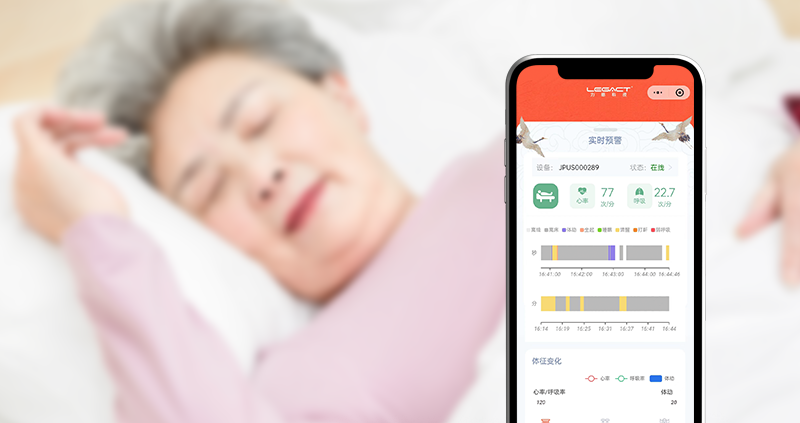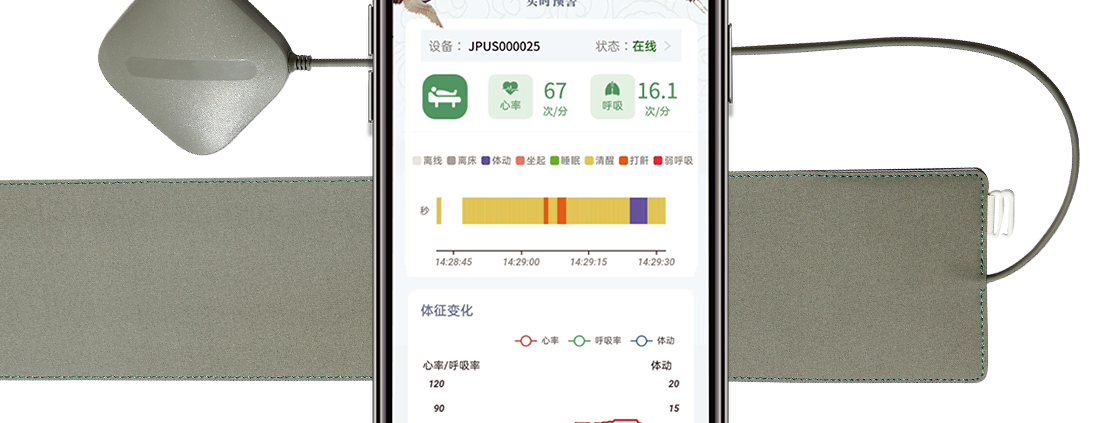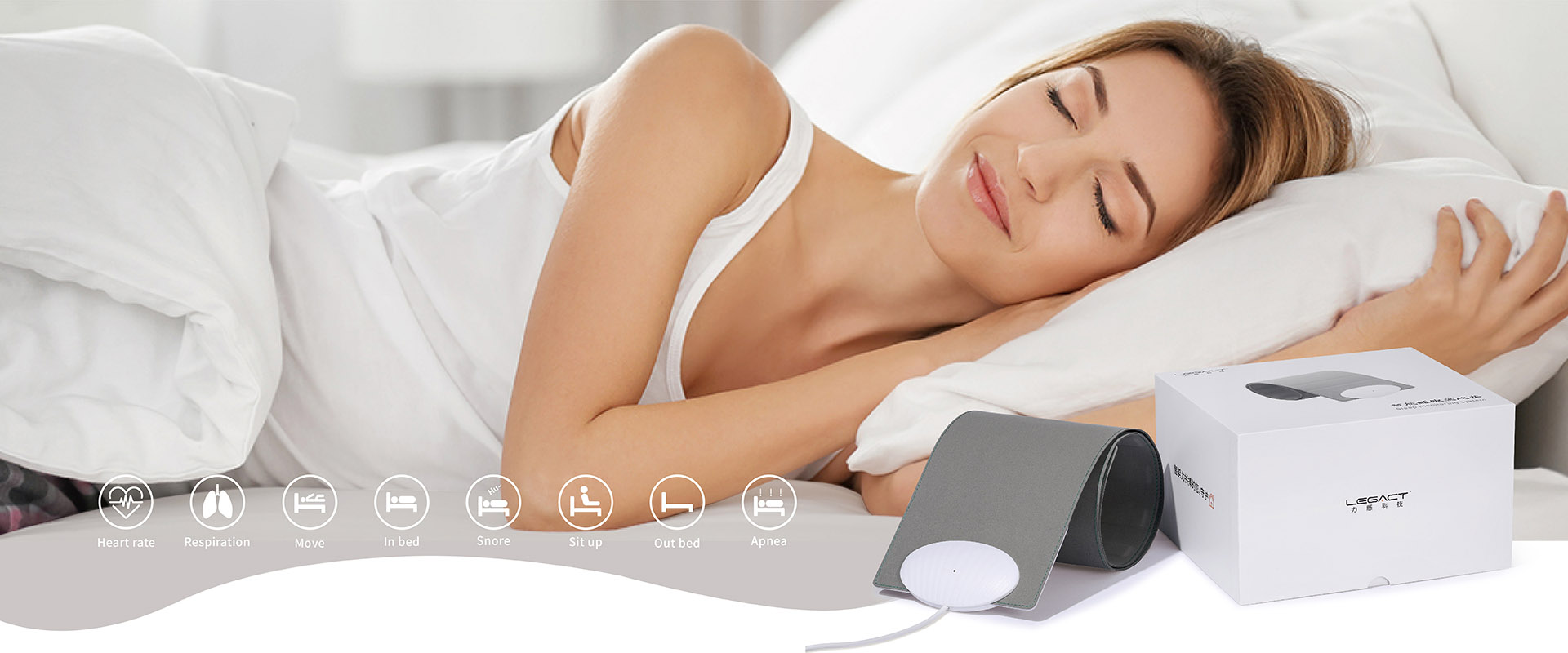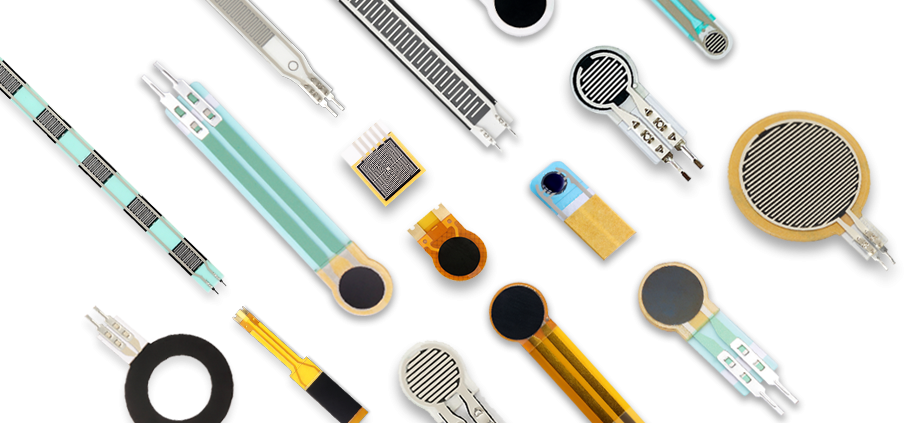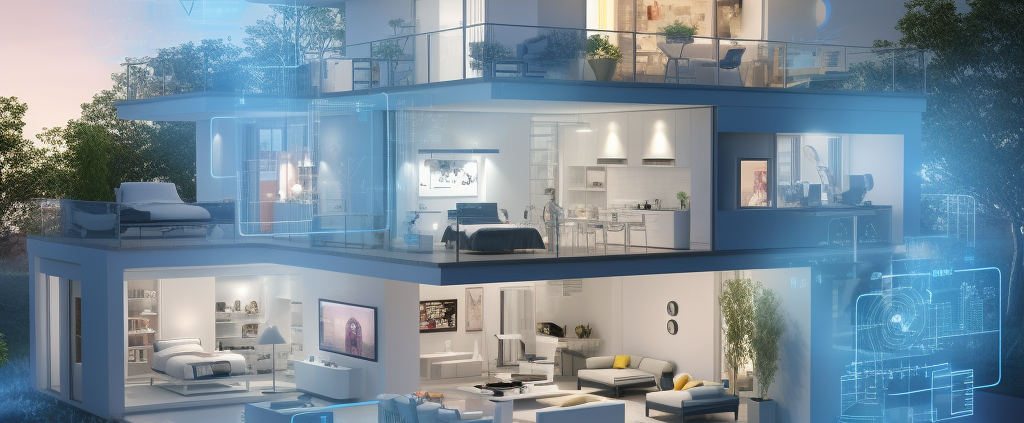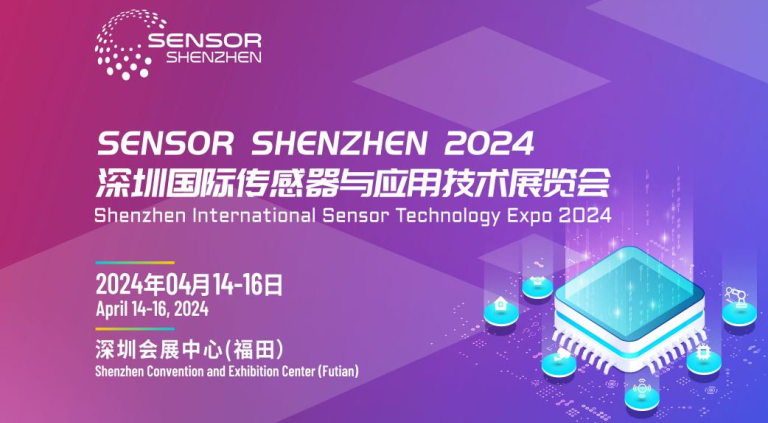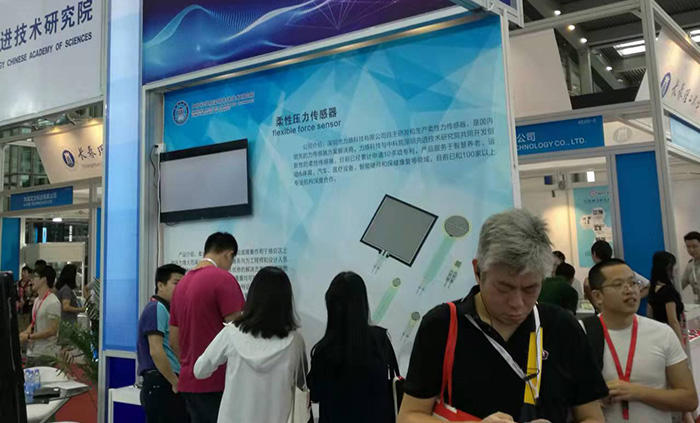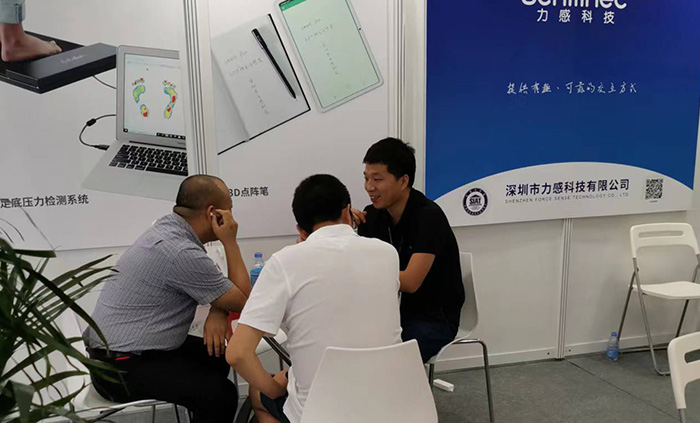With the continuous advancement of technology, smart mattresses have become important tools for improving sleep quality and monitoring health. Among them, smart mattresses that can monitor heart rate and breathing rate are not only comfortable sleep devices, but also tools for promoting health. Below, we will explore the benefits of such mattresses.
1. Providing Personalized Sleep Guidance
Smart mattresses, by monitoring heart rate and breathing rate, can accurately assess sleep quality. By analyzing this data, the mattress can provide personalized sleep guidance to users. Based on the user’s sleep patterns and health conditions, the smart mattress can recommend the optimal sleep time and sleep position, helping users develop good sleep habits.
2. Real-Time Monitoring of Health Status
Heart rate and breathing rate are important indicators of health. Smart mattresses can monitor these indicators in real-time, promptly detecting potential health issues. If the user’s heart rate or breathing rate is abnormal, the mattress will sound an alarm and promptly notify the user or medical institution, helping them take necessary measures.
3. Helping Manage Stress and Anxiety
Good sleep is crucial for managing stress and anxiety. Smart mattresses can help users monitor physiological responses, promptly detecting signs of stress and anxiety. By analyzing sleep data, the mattress can recommend relaxation techniques and pre-sleep activities, helping users reduce stress and anxiety and improve their mental health.
4. Improving Sleep Quality
By monitoring heart rate and breathing rate, smart mattresses can accurately assess sleep quality. The mattress will adjust hardness and support based on the user’s sleep data, providing a more comfortable sleep experience. Additionally, the mattress can adjust temperature and provide soothing massage features, helping users fall asleep faster, maintain deeper sleep states, and improve sleep quality.
Conclusion
Smart mattresses that can monitor heart rate and breathing rate are not only comfortable sleep devices but also tools for improving health. By providing personalized sleep guidance, real-time monitoring of health status, helping manage stress and anxiety, and improving sleep quality, smart mattresses can help users better maintain their health and improve their quality of life.
